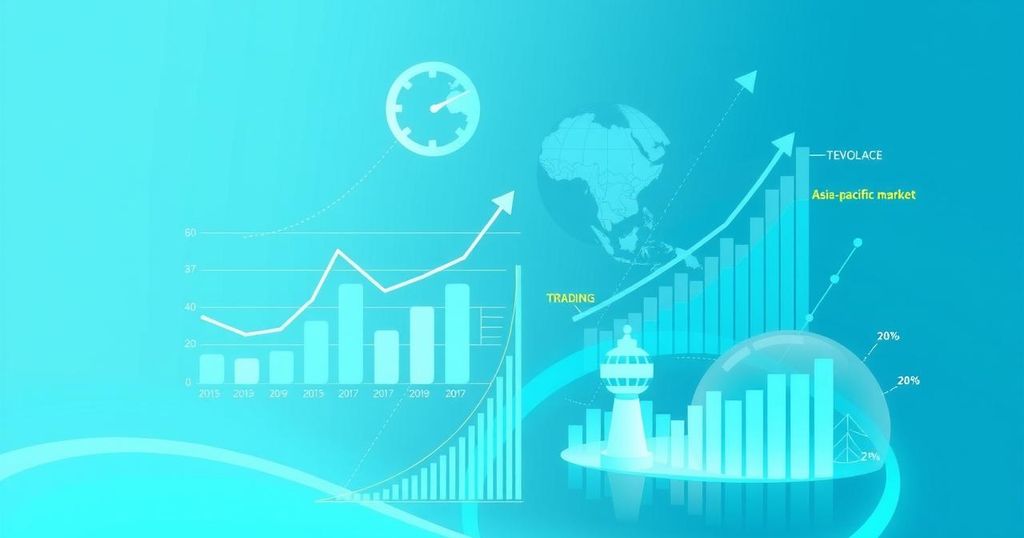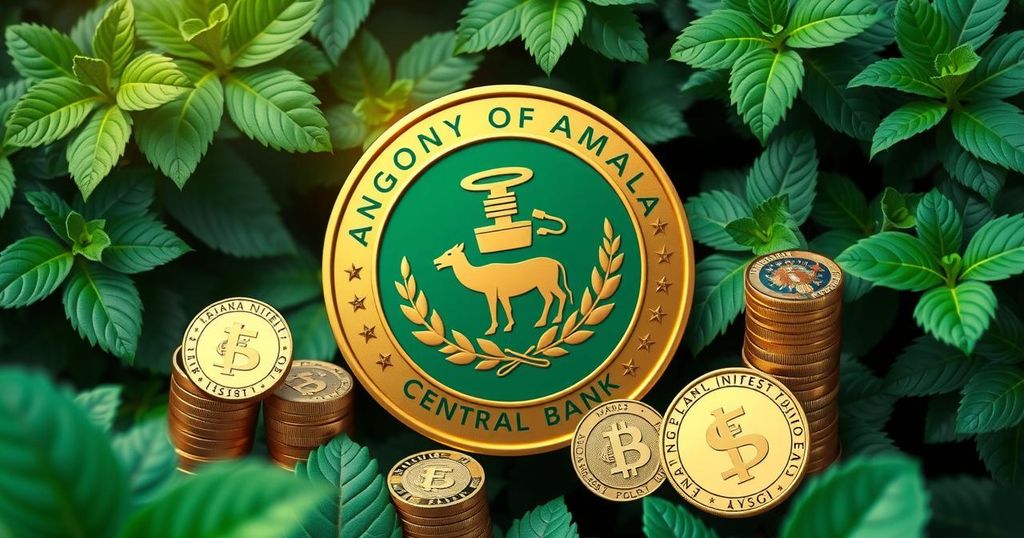WFP Reports Slight Rise in Libya’s Market Prices for April 2025
In April 2025, Libya’s Minimum Expenditure Basket rose by 0.7% to LYD 909.44, with the eastern region seeing the most significant increase. The western region experienced a decline, while the southern region remained stable. Food and non-food costs are rising, partly due to a 13.3% currency devaluation by the Central Bank of Libya.
In April 2025, the World Food Programme’s (WFP) monitoring indicates that Libya’s Full Minimum Expenditure Basket (MEB) witnessed a slight increase of 0.7 percent, bringing it to LYD 909.44. This reflects ongoing, albeit modest, inflationary pressures. The uptick is predominantly attributed to both food and non-food costs escalating across various regions.
Among the regions, the eastern part of Libya saw the most significant month-on-month increase. In fact, it surpassed the southern region in prices, with the Full MEB climbing by 4.2 percent to reach LYD 925.43. Noteworthy spikes occurred in Ajdabiya, where prices soared by 11.5 percent to LYD 915.88. Al Kufra and Benghazi also reported increases of 6.7 percent to LYD 1,130.91 and 4.4 percent to LYD 992.20 respectively, largely as a result of trade disruptions and the ongoing influx of Sudanese refugees into Al Kufra.
Conversely, the western region of Libya faced a dip in its Full MEB by 1.1 percent, settling at LYD 858.26. This decline was propelled by substantial price drops in Zwara, which fell by 11.2 percent to LYD 938.38 following a temporary easing of trade delays with Tunisia.
In the southern region, the Full MEB remained mostly unchanged, with a minor dip of 0.1 percent to LYD 954.36. Despite this, the eastern region has now claimed the title of the most expensive area in Libya. Interestingly, prices in Murzuq continued to be the highest in the south at LYD 1,069.07, despite a slight monthly decrease of 0.8 percent.
When it comes to food, the national Food MEB saw a modest increase of 0.5 percent, now at LYD 793.71. Meanwhile, non-food items have surged by 2.1 percent, summing up to LYD 115.73. This variance in price trends is largely due to the volatile nature of essential items like fuel, hygiene products, and utility services, exacerbated by a significant 13.3 percent devaluation of the Libyan dinar imposed by the Central Bank of Libya (CBL).
Overall, the data reveals a complex economic landscape in Libya as of April 2025. A small but steady rise in the national expenditure basket indicates increasing financial strain for residents, particularly in the eastern region. Conversely, the western area’s price drops suggest variances in local economic conditions. The continuing fluctuations in both food and non-food items are a pressing concern, particularly with currency issues compounding the situation.
Original Source: reliefweb.int




Post Comment